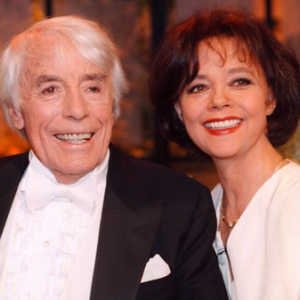Pittsburgh rare steaks taste like shit, that’s what makes them different from regular rare steaks.
I grew up in Pittsburgh and I used to cook at The Duquesne Club, a high brow private club that was founded by the city’s industrialists. Many of the older members ordered their steaks Pittsburgh rare.
The best steak to use for Pittsburgh rare is a filet, because it’s a very lean cut and eats better raw than a ribeye of NY strip. There are no fatty chunks or gristle in a filet, unlike the other two I mentioned.
A steak prepared Pittsburgh rare isn’t simply a rare steak. It has to be viciously charred on the exterior and completely raw inside, like the ones steelworkers used to cook in the mills. They’d throw steaks onto the superheated metal in the mill and the meat would catch on fire. It was the equivalent of a third degree burn, heavily charred and burned on the outside and bloody in the middle. You can imagine how that tastes.
When we got an order for a steak cooked Pittsburgh style, we’d season a filet, place on the center of the stove’s French ring, which is immensely hot, and pour clarified butter over the steak. It would immediately catch on fire and become charred on the outside in a couple of minutes. Then we’d serve the steak.
This photo is a good representation of the amount of char you’d expect on a steak cooked Pittsburgh style. It’s a little overcooked in the center though:

I wouldn’t enjoy eating that. I wouldn’t even try. Pittsburgh rare isn’t just a really rare steak, it’s a rare steak that has been burned to a crisp on the outside and tastes like charcoal and lighter fluid. It’s a horrible way to prepare a steak.






